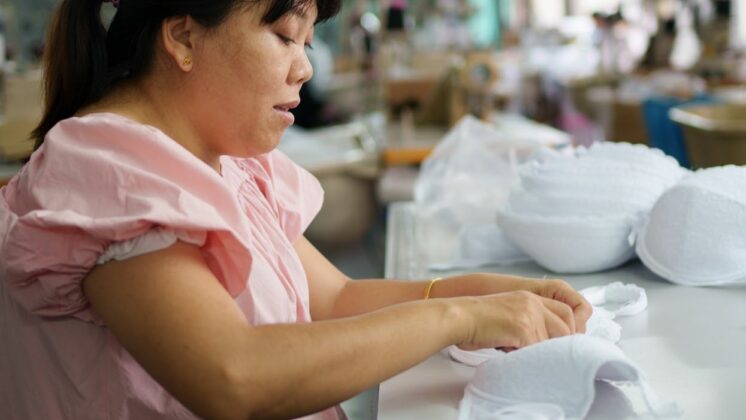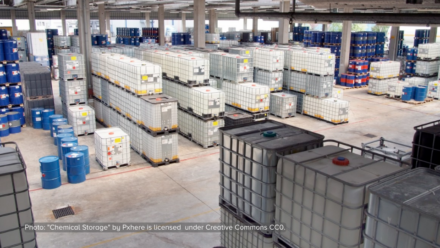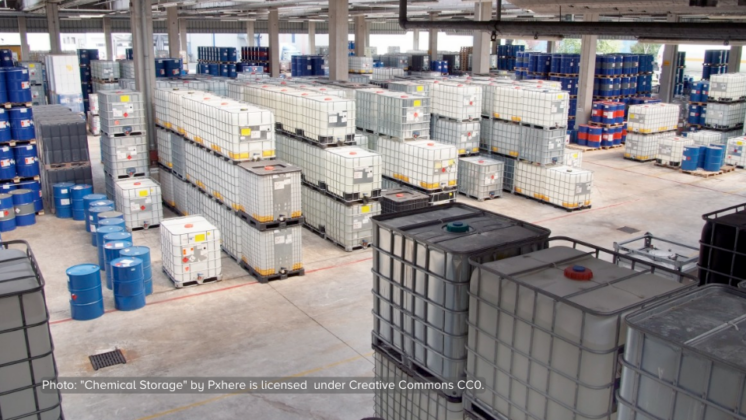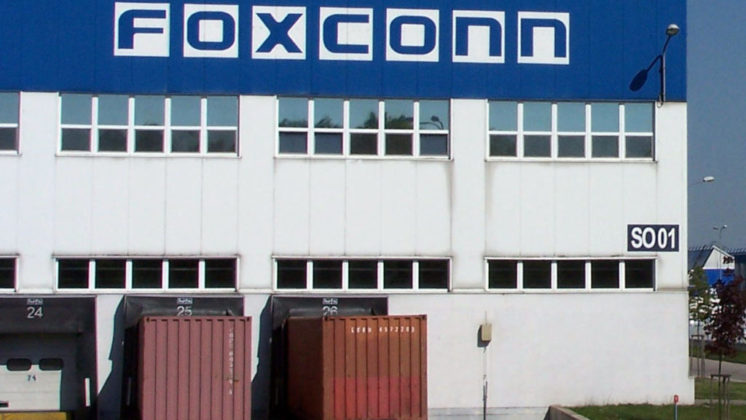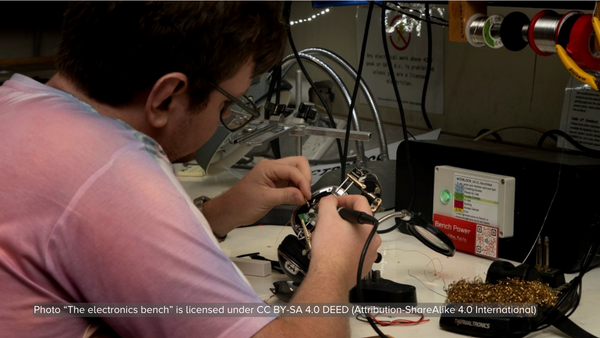Children and pregnant women working in the informal e-waste recycling industry or living in neighboring communities are the most at risk of exposure to hazardous chemicals. The dismantling activities release hazardous mixtures of e-waste toxicants into the environment. Heavy metal, polychlorinated biphenyls (PCBs), and polybrominated diphenyl ethers (PBDEs), and polycyclic aromatic hydrocarbons (PAHs) cause harm to children.
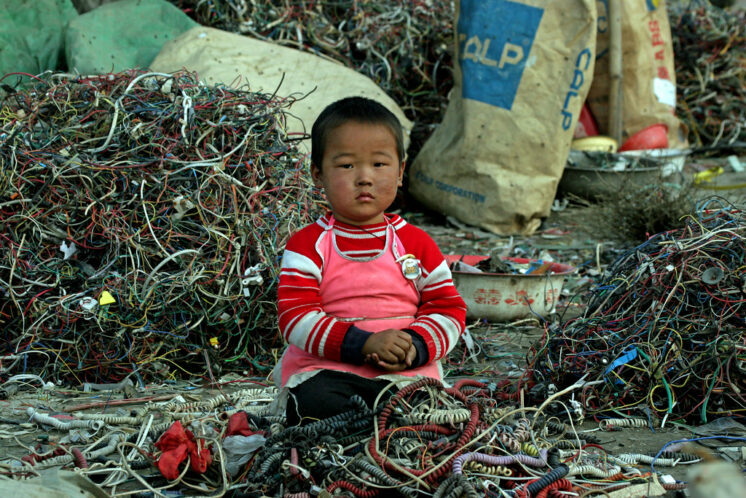 Photo: "GP0HC5" by Inmediahk is licensed under CC BY-NC 2.0
Photo: "GP0HC5" by Inmediahk is licensed under CC BY-NC 2.0Prenatal exposure to hazardous chemicals and e-waste exposure link to impaired neurodevelopment and behavior mainly a result of exposure to lead, mercury, and some organic chemicals such as PCBs; lung function, and respiratory effects; impaired cardiovascular system function; and DNA damage, which has been associated with exposure to lead, chromium, cadmium, and nickel.
A World Health Organization report on e-waste and children’s health shows that children are at risk of chemical exposure even before they were born. The report shows the most commonly found chemicals and some of the most hazardous for the fetus. The report ends with health action and policy agenda and how WHO leads the process to reduce the health impact of waste exposure.
Read more.



